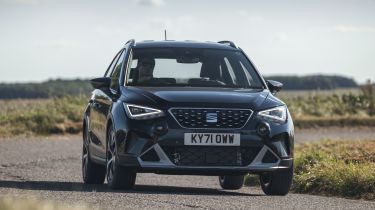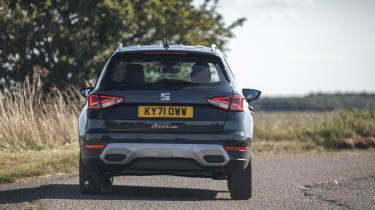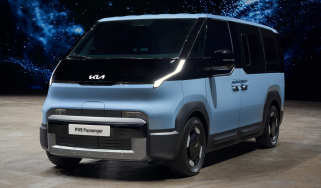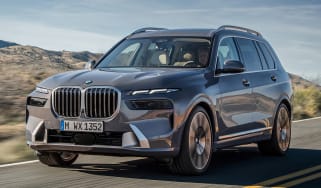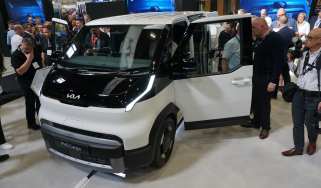SEAT Arona - Engines, performance and drive
The SEAT Arona is stable and reassuring to drive; the engines are refined and offer good performance

There aren't many small SUVs that offer a particularly thrilling experience behind the wheel (the Ford Puma being a possible exception), but the SEAT Arona manages to sit near the top of the class anyway. Not because it involves you when you’re driving down a twisty country road (it doesn’t), but because it manages the basics pretty well, like keeping body lean well in check, providing lots of grip, and having strong brakes.
The 108bhp version of the 1.0 three-cylinder petrol engine has a nice spread of power and torque, while the slick six-speed manual gearbox means you can keep the engine on the boil – enough to maintain something approaching brisk progress when needed.
Once you are up to a decent speed, you’ll hear a distant thrum that’s audible enough to remind you that your car has a three-cylinder engine, not a refined four-pot. However, the biggest noise at a motorway cruise will likely be wind noise from around the door mirrors. There is a bit of three-cylinder vibration through your feet, though, primarily via the clutch pedal.
The well-weighted and precise steering, combined with a taut chassis that keeps body control tight, all help make the Arona among the best in the class to drive.
The ride is on the firm side, but the suspension is nicely damped, and still manages to smother rougher surfaces adeptly, even when the car is fitted with 17-inch wheels. One word of caution: FR Sport and Xperience Lux have larger 18-inch wheels that can – in our experience – give a harsher ride, with ridges in the road, and even motorway expansion joints causing an abrupt vertical motion in the cabin. We’d urge you to try both wheel sizes before deciding to buy. Either way, it’ll still provide a more settled ride than the Nissan Juke, which never feels settled and suffers from constant movement – particularly when driving on the motorway – that becomes tiring on long journeys.
We’ve also tried the 1.0 TSI with the DSG dual-clutch seven-speed automatic transmission. It’s not totally foolproof, tending to be a little hesitant and jerky around town, but it shifts quickly enough once up to speed.
Engines, 0-60 acceleration and top speed
The entry-level 1.0-litre version, with 94bhp and 175Nm of torque, requires 11.5 seconds to reach 62mph from a standstill. It should be fine if you mostly stick to urban driving, but you’ll need to work it hard beyond the city limits. Plus, it’ll be revving higher at motorway speeds with its five-speed gearbox compared with the six-speed gearbox of the more powerful 1.0-litre model.
Moving up to that more potent 108bhp 1.0-litre variant sees the acceleration time improve to 10.6 seconds, with only a couple of tenths between the six-speed manual and DSG auto. The 1.5 TSI engine produces 148bhp with a decent 250Nm of torque, resulting in a 0-62mph time of 8.2 seconds and a 130mph maximum. It’s a smooth and punchy performer, but it does cost more to buy compared with the already excellent 1.0-litre petrol, so you’ll need to be sure you need the extra performance before committing to the additional costs.
